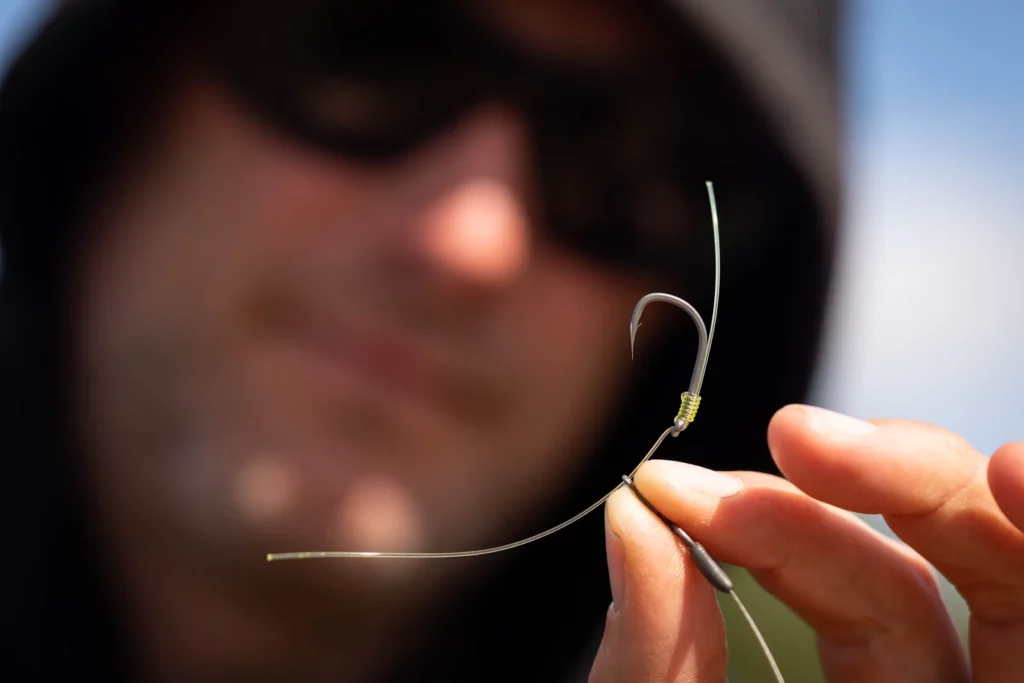Darrell Peck – Embracing the Hinged Stiff Rig: For those entering the realm of rig setups, the stiff-hinge rig stands out as a proven winner, having likely landed more substantial carp than any other rig. Darrell Peck, a seasoned angler, swears by this rig, especially when presenting a pop-up.
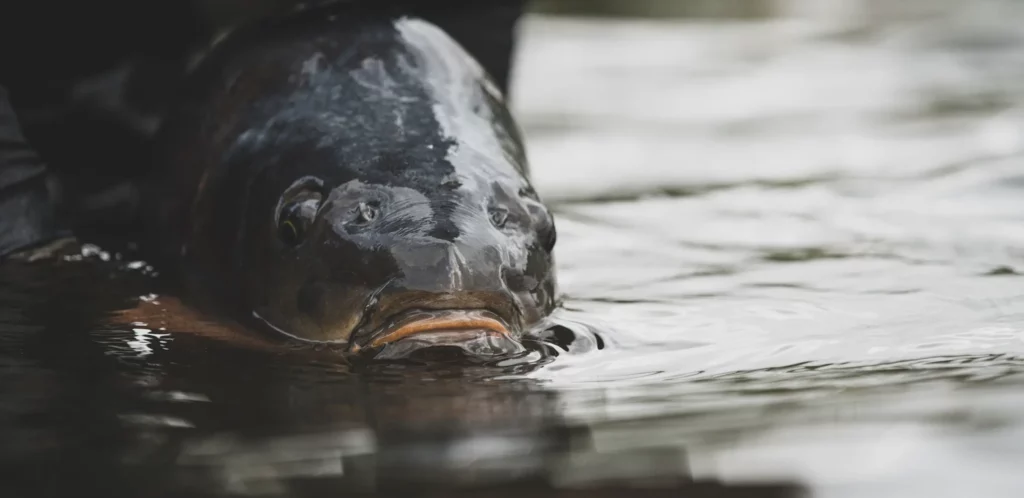
The hinged stiff rig has withstood the test of time and remains a go-to choice for pop-up presentations. Its enduring popularity is attributed to two key factors: its guaranteed presentation and exceptional hooking efficiency.
This rig is primarily favored for larger fish, as it can be a bit too robust for smaller carp in the single and low double weight range.
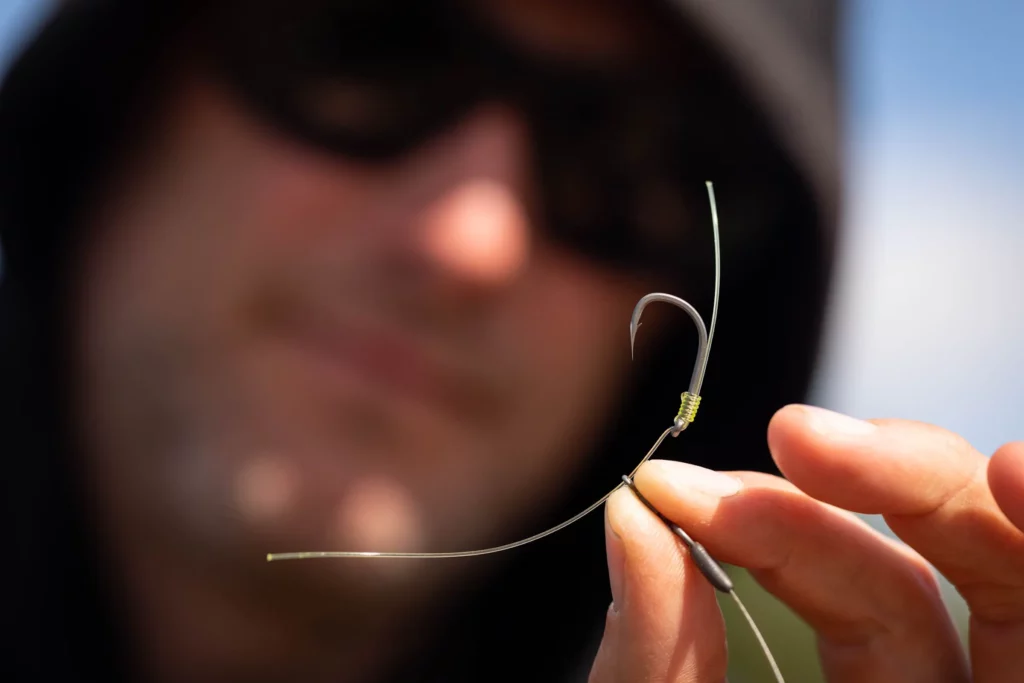
Various constructions of the rig exist, but I’ll elaborate on how and why I tie it in the manner I do. Keeping things simple is my mantra for rig creation. The essentials for me are tangle-free operation, effective presentation on the lakebed, efficient hooking, and the strength to land every hooked carp.
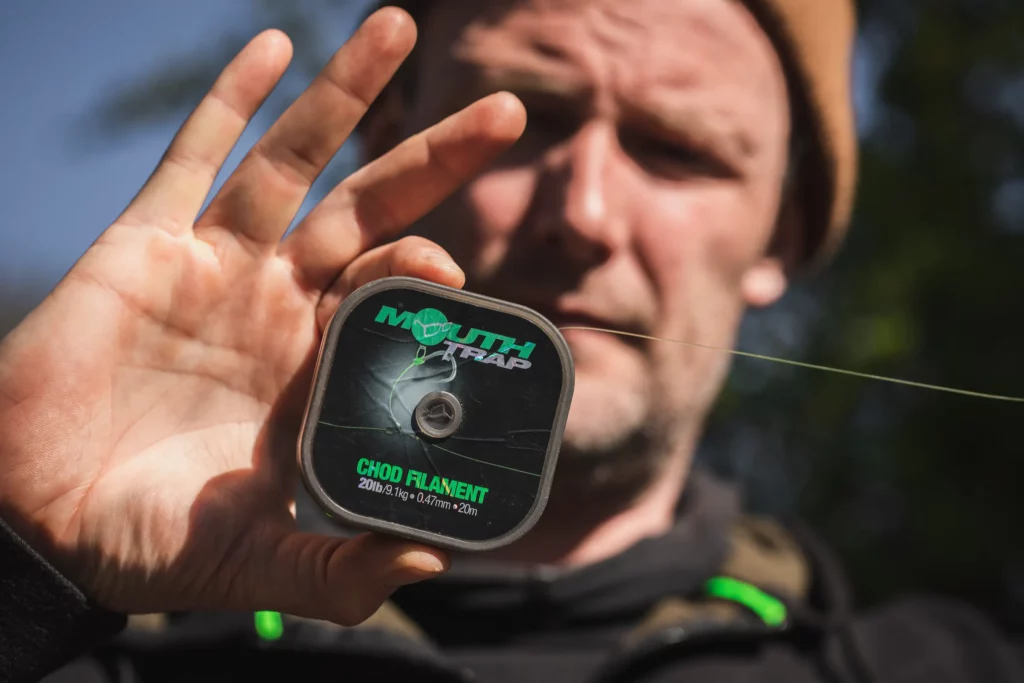
The hinge rig comprises two sections: the hook section and the boom section. Let’s start with the hook section.
When using a hinge, a pop-up hookbait is essential, attached via Bait Floss to either a rig ring or a micro ring swivel. This is connected to a ‘D’ section on the back of the hook, crafted from 20lb MouthTrap. A six-turn knotless knot, with the tag end pushed back down through the hook’s eye, forms the ‘D.’
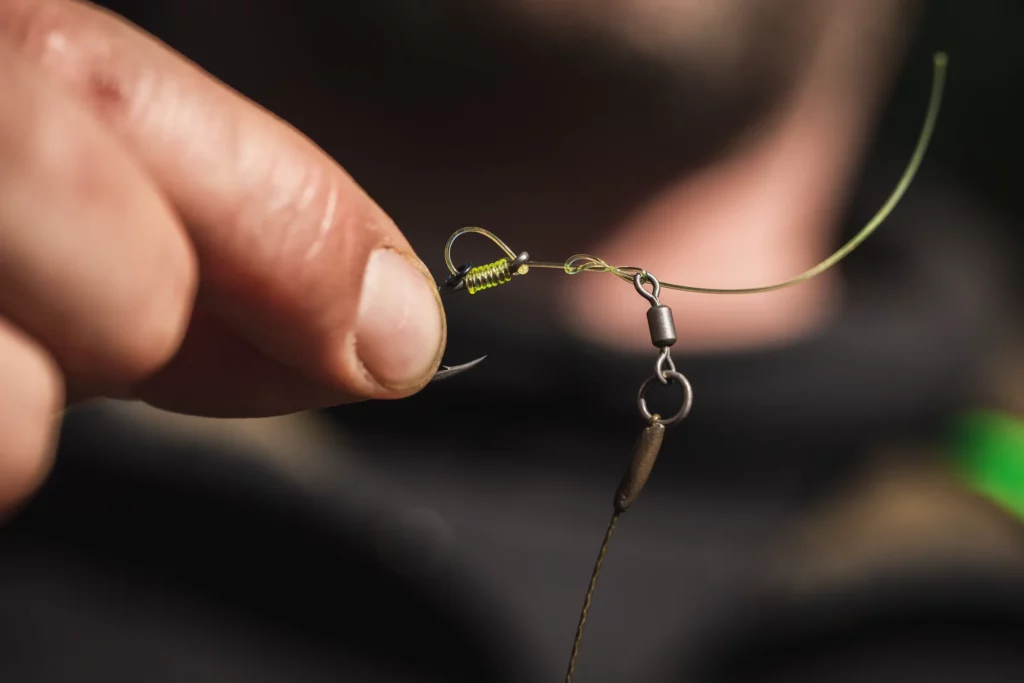
My preferred hook for this rig is a size 6 or size 8 Wide Gape, known for its reliable hook holds. I’ve found it to outperform a Choddy hook, and the smaller size aids in securing hookholds.
Attention to the hookpoint is crucial, and given that the hook sits proud from the lakebed, a sharp point, such as a Kamakura or hand-sharpened hook, works well.
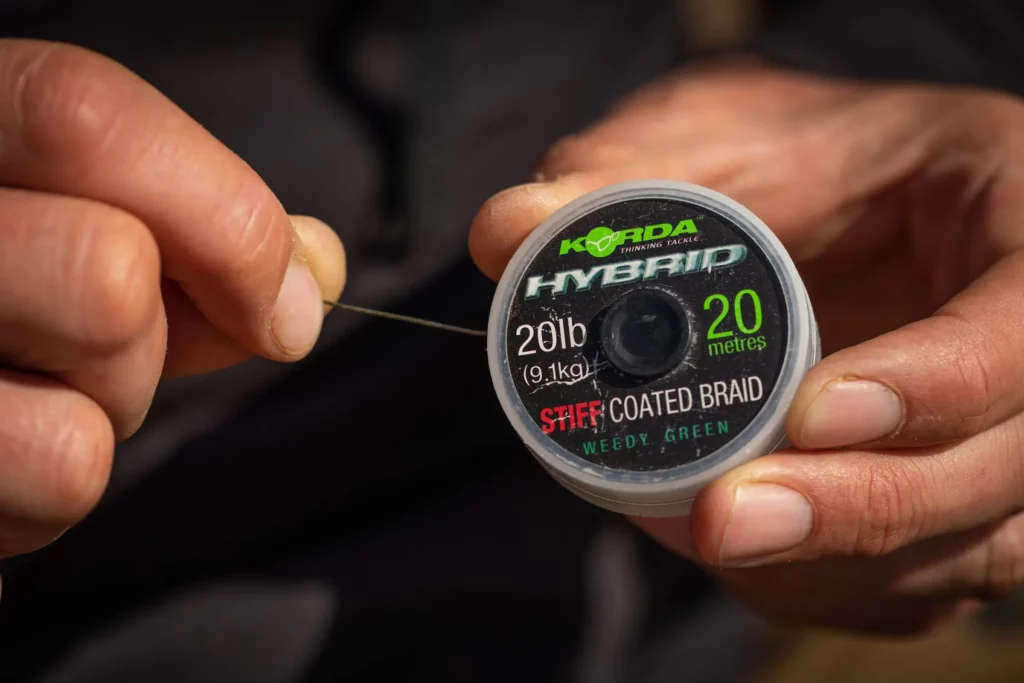
The 20lb Mouthtrap is my preferred material for its excellent memory, crucial for the hook section to maintain its shape. It’s essential to have the flexibility to create a curved ‘D’ at the rear of the hook.
While some anglers use alternative materials for hinges, such as supple fluorocarbons or braid, I advise against it. Stick to products designed specifically for this task.
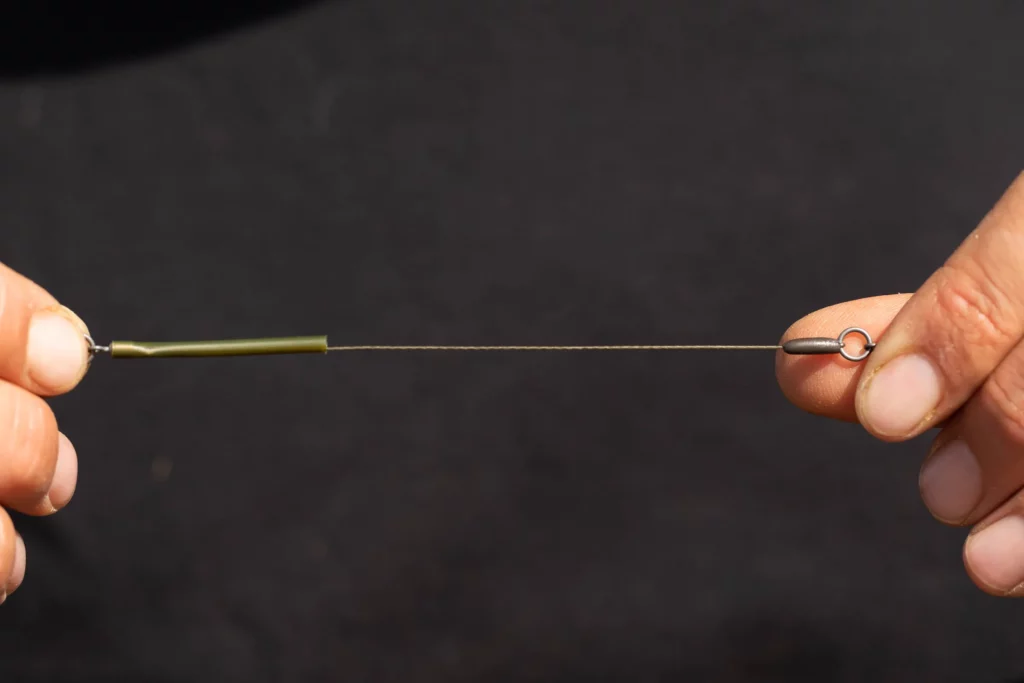
The length of the MouthTrap varies based on the situation, but as a rule, I prefer hinges to sit around 2.5 inches off the lakebed. Very short sections of 1 inch can lead to hookpulls.
To complete this section, I tie the MouthTrap to a size 11 Ring Swivel via a 2-turn blood knot. When tying the blood knot, leave a smaller gap between the hook and the swivel than you think; the knot will gain an extra inch when tightened.
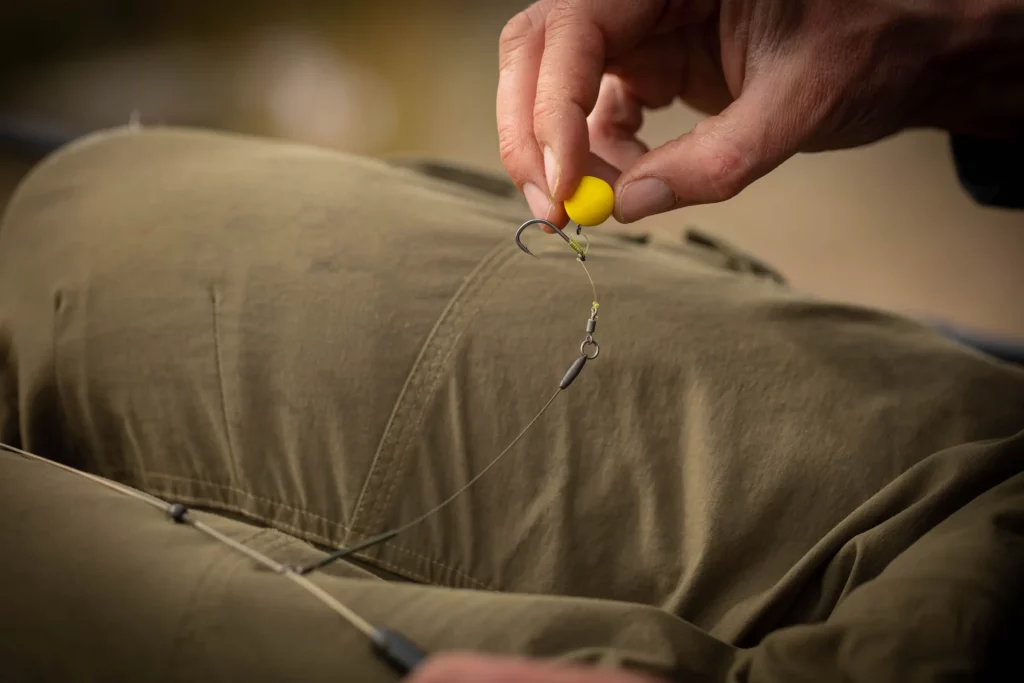
Once tied, give the MouthTrap a gentle curve to help turn the hook into the bottom lip, regardless of the carp’s approach direction. This curve is a potent weapon, and steaming the rig after pinning it into a chod bin helps set the MouthTrap into the desired shape.
For the boom section, Hybrid Stiff remains my top choice, ranging from 5 to 12 inches. Krimping it into position is a neat and easy way to set it up.
The lead arrangement can be a Lead Clip or Heli Safe, depending on personal preference and lake bed conditions.
The hinged stiff rig excels in various situations, with its peak performance as a single hookbait tactic or over a spread of boilies. It has likely accounted for more big fish than any other rig and remains my go-to for pop-up work.
Get Hinged Stiff Rigs now at Big Carp Tackle Store:

